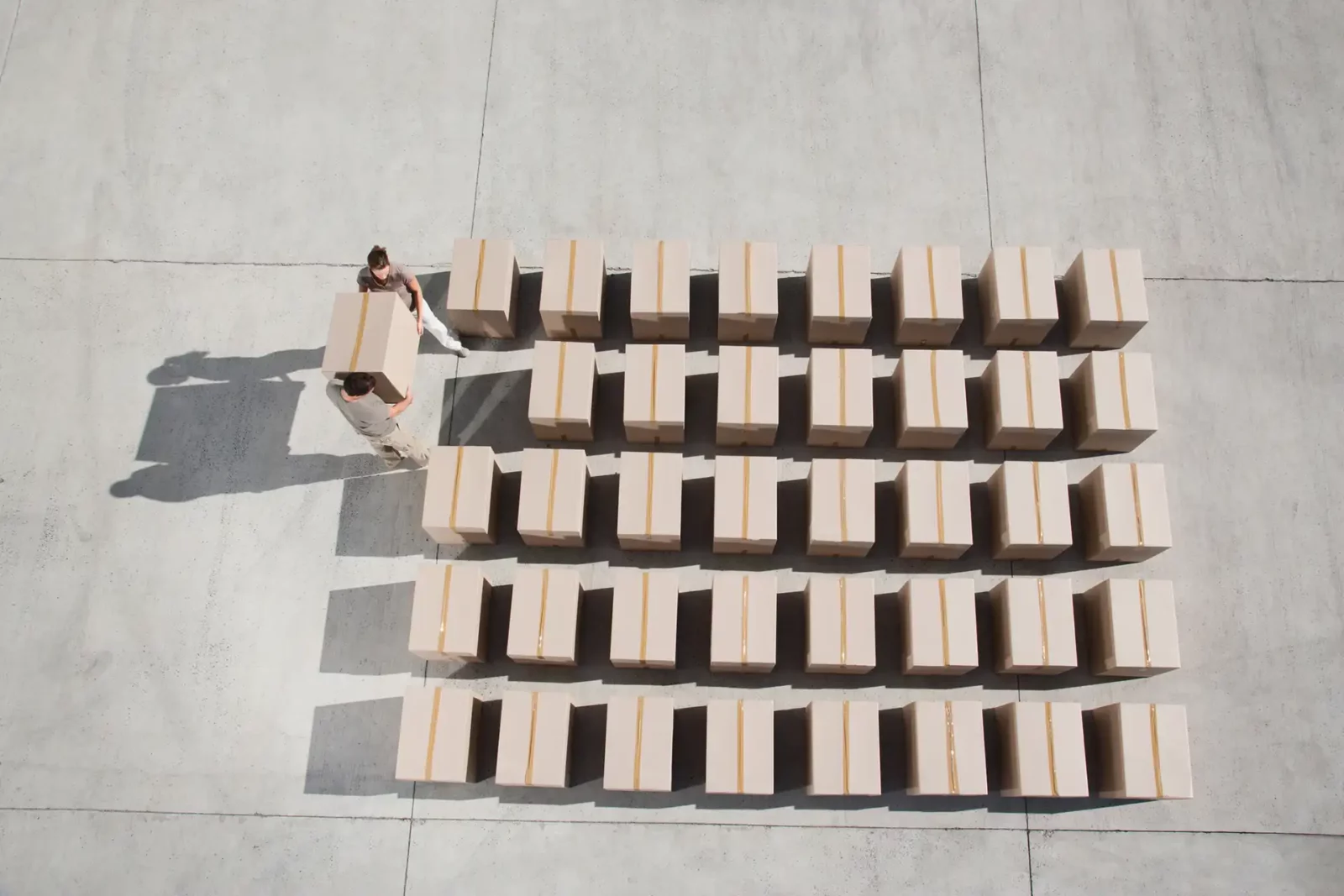Warehouse management affects a business on a number of levels. Excessive inventories tie up money, take up valuable space, and are prone to damage and shrinkage. Too little inventory reduces service level and loses customers. Disorganised and untidy warehouses increase operational costs and reduce customer service levels. A poorly run warehouse makes a company less competitive which may cause it to go out of business or fail to dominate its marketplace. Here are three signs of a warehouse in need of help:
1. Poorly Thought out Inventory Location
The locations of products in some warehouses don’t follow any particular plan. Products often find their home wherever the receiving crew finds a convenient spot. Some warehouses initially had a plan in place but allowed more immediate expediencies to compromise it. Sometimes plans fail to address optimal warehouse function.
As a result, pickers waste time searching for inventory and walking excessive distances because the inventory isn’t strategically placed. Low demand inventory may be located in prime real estate while high demand inventory is spread out in hard to access locations. Warehouses that have no layout plan also make poor use of space and quickly run out of room.
2. Poor Placement of Zoned Pickers
This is characterized by a warehouse with overworked pickers in understaffed picking zones next to zones filled with idle pickers. This happens when the business doesn’t know or fails to keep track of the demand levels of their products. Sometimes the information is known but fails to find its way to the warehouse floor.
3. Receiving Fails to Immediately Put Away Items Into Inventory
It’s not an uncommon sight to see receiving areas full of products waiting to be put away. When one shift ends before it can process all of its received items, the next shift inherits the problem and often cannot process the shipments received during their shift because the cluttered area interferes with efficient operation. This problem feeds on itself to the point where trailers loaded with received items are left sitting at the dock.
Effective warehouse operation begins with an audit of its current practices with optimal performance as the goal. An important tool for achieving this goal is a warehouse management system. It enables centralized and coordinated management of your warehouse operations such as tracking and maintaining inventory levels, keeping track of product locations, and improving picking operations through wave picking. For more information on improving your warehouse efficiency, contact us.







